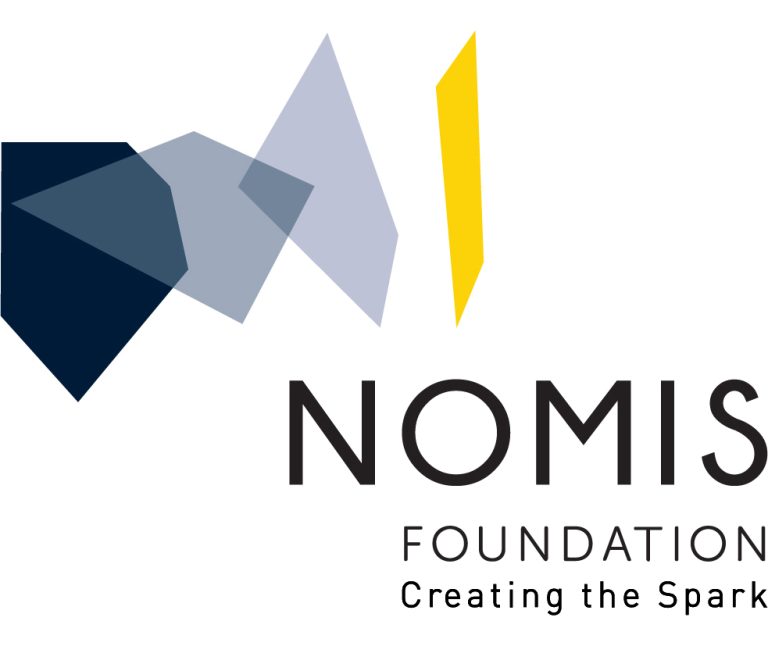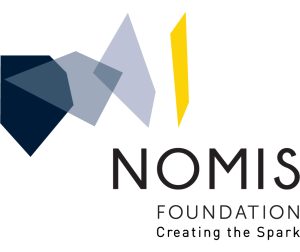Objectives: To identify the clinical characteristics of the subgroup of benign progressive supranuclear palsy with particularly long disease duration; to define neuropathological determinants underlying variability in disease duration in progressive supranuclear palsy. Methods: Clinical and pathological features were compared among 186 autopsy-confirmed cases with progressive supranuclear palsy with ≥10 years and shorter survival times. Results: The 45 cases (24.2%) had a disease duration of ≥10 years. The absence of ocular motor abnormalities within the first 3 years from disease onset was the only significant independent clinical predictor of longer survival. Histopathologically, the neurodegeneration parameters in each survival group were paralleled anatomically by the distribution of neuronal cytoplasmic inclusions, whereas the tufted astrocytes displayed anatomically an opposite severity pattern. Most interestingly, we found significantly less coiled bodies in those who survive longer, in contrast to patients with less favorable course. Interpretation: A considerable proportion of patients had a more ”benign” disease course with ≥10 years survival. They had a distinct pattern and evolution of core symptoms compared to patients with short survival. The inverted anatomical patterns of astrocytic tau distribution suggest distinct implications of these cell types in trans-cellular propagation. The tempo of disease progression appeared to be determined mostly by oligodendroglial tau, where the high degree of oligodendroglial tau pathology might affect neuronal integrity and function on top of neuronal tau pathology. The relative contribution of glial tau should be further explored in cellular and animal models. ANN NEUROL 2022.

